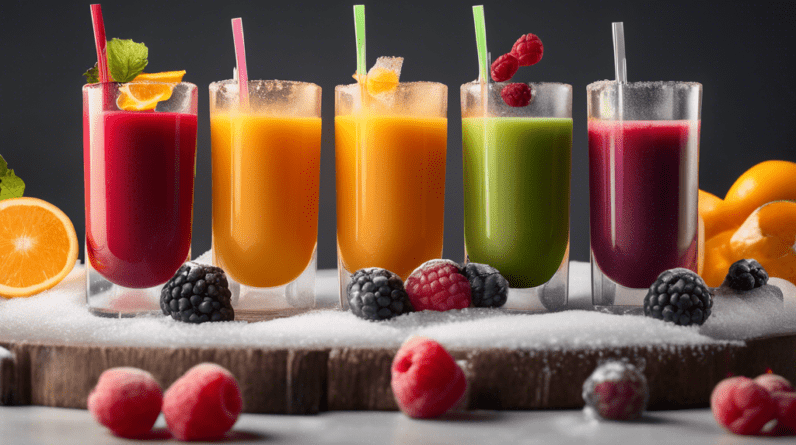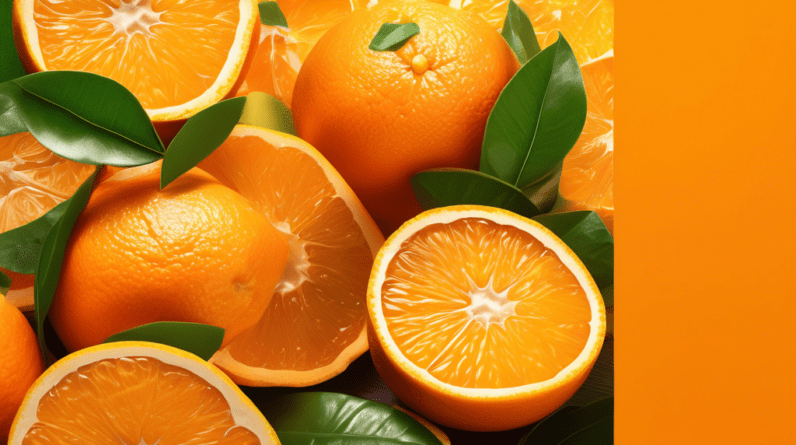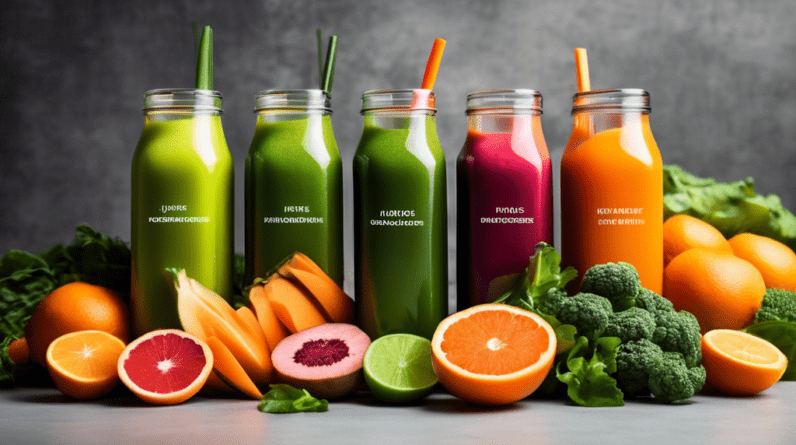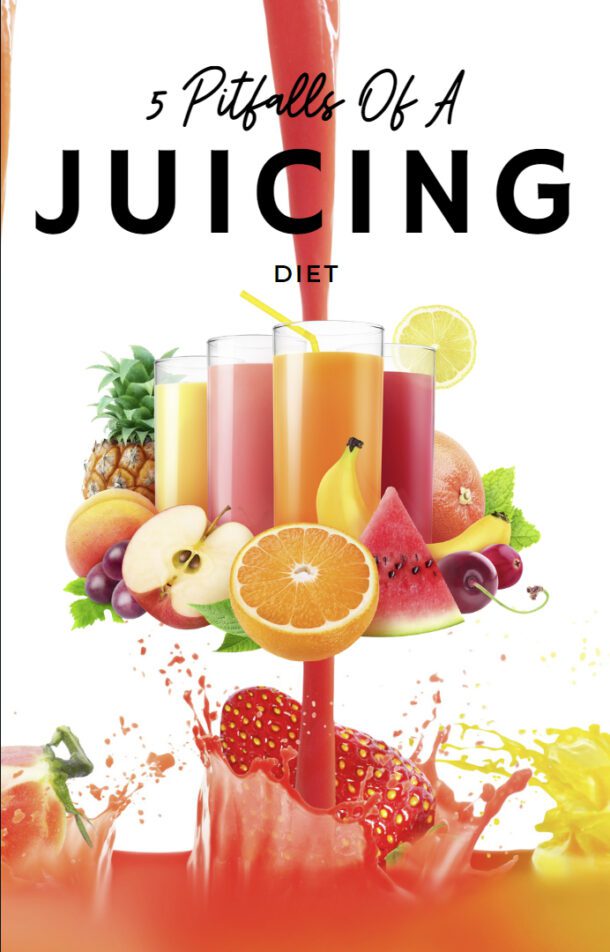
Overview of USDA Updates on Frozen Fruit Juices
The U.S. Department of Agriculture (USDA) issued new specifications pertaining to frozen fruit juices, effective as of November 18, 2024. These updates are critical to maintaining the quality, safety, and consistency of products in the U.S. market. The regulations cover a range of elements from sourcing fresh ingredients to temperature control during transportation and storage.
Key Specifications and Requirements
One of the foremost stipulations is that all fresh fruit utilized in the manufacturing of frozen fruit juices must be sourced from the current crop year. This ensures that only the freshest ingredients are used unless stated otherwise in the solicitation or invitation for bid (IFB). Additionally, a strict temperature requirement mandates that frozen fruit juices must be maintained at or below 0 degrees Fahrenheit throughout all stages—tendering, transportation, and storage. Any deviation from this temperature may lead to a rejection of the load.
In terms of quality, all frozen fruit juices are required to adhere to the U.S. Grade A standards as defined by the USDA. Color is another vital factor in ensuring quality, with the minimum color value set at a Color N Value of 33.5, which corresponds to USDA OJ color number 6. Furthermore, the product must exhibit a minimum brix level of 10.5, along with a brix-acid ratio ranging between 15.0 to 1 and 20.5 to 1. These measurements not only define the flavor profile but also impact the overall consumer experience.
The packaging and storage of frozen fruit juices also play a significant role in product quality. Containers must adhere to specified fill weights according to U.S. Standards, with common sizes including 4-fluid ounce individual serving cartons or cups. For effective distribution, primary packaging must accommodate designated counts per case—either 70 cartons or 96 cups.
When it comes to nutritional content, if the natural Vitamin C content of the juice is at least 30 milligrams per 100 milliliters, then fortification isn’t necessary. However, all frozen fruit juices have a relatively short shelf life, capped at six months when kept frozen at zero degrees or lower. After thawing, the product should be consumed within ten days.
Lastly, inspections remain integral to ensuring product integrity. The USDA mandates that inspections occur during online production, with chemical analyses to be paid for by the contractor. Notably, these inspections must take place no more than 60 days prior to shipment, to ensure that compliance with the outlined specifications is maintained.
Overall, these updates highlight the USDA’s commitment to fostering reliable quality standards for frozen fruit juices, ultimately benefiting consumers and producers alike. Organizations involved in the production and distribution of these products must stay informed about these latest requirements to ensure compliance and maintain their competitive edge in the market.






